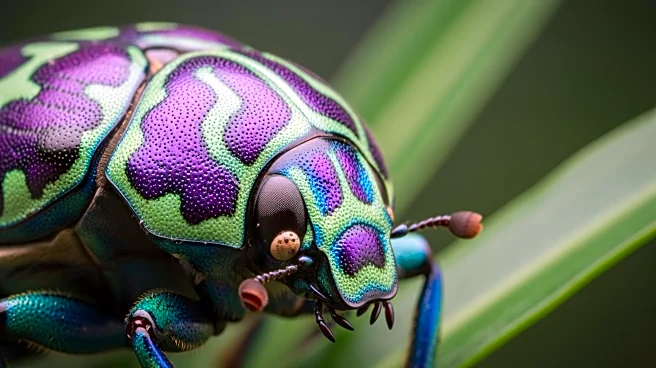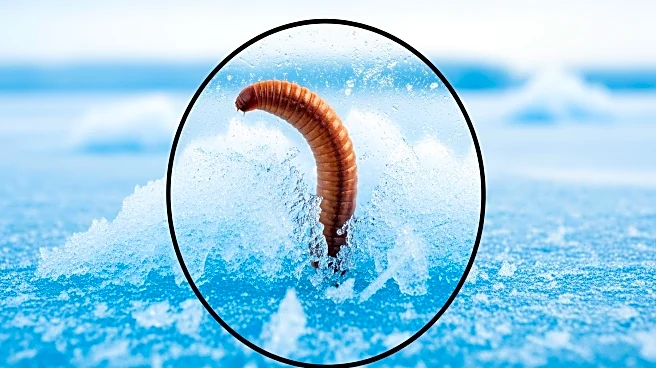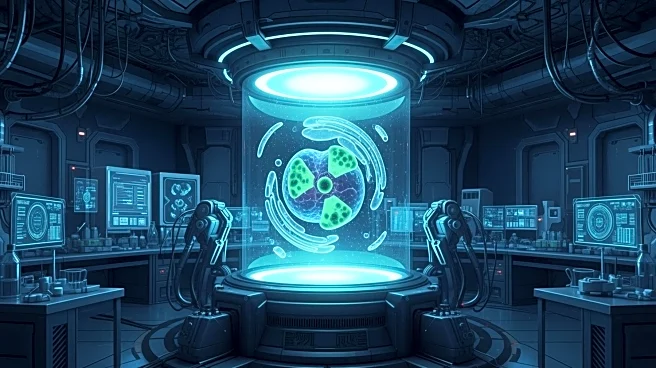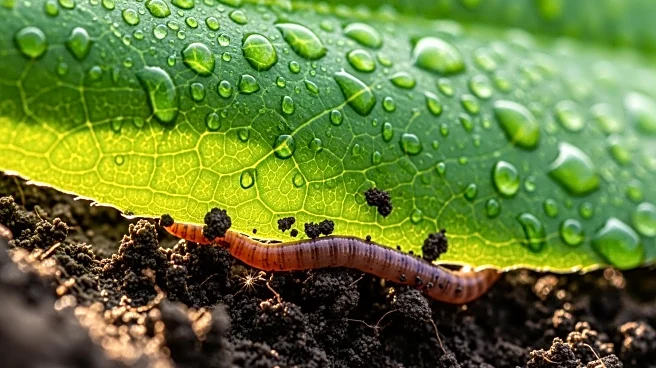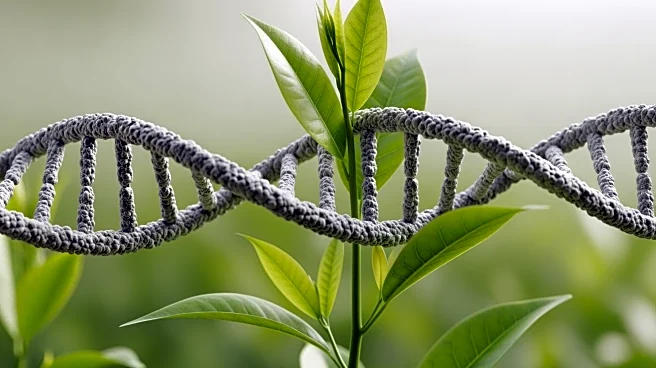What's Happening?
Recent research has identified the role of HSP90 as an evolutionary capacitor in driving adaptive eye size reduction in the red flour beetle, Tribolium castaneum. The study focused on the gene Hsp83, a member
of the HSP90 family, which was knocked down using RNA interference (RNAi) techniques. This knock-down led to morphological variations, including reduced eye size, across multiple generations of beetles. The research involved crossing beetles with different treatments and observing phenotypic changes, particularly in eye size. The study also explored the genetic basis of these changes, revealing that the reduced-eye phenotype is not strictly determined by classical genetic inheritance, suggesting non-genetic influences. The findings highlight the complex interplay between genetic and environmental factors in evolutionary adaptations.
Why It's Important?
This research is significant as it provides insights into the mechanisms of evolutionary adaptation, particularly how organisms can rapidly adjust to environmental changes. The role of HSP90 as a molecular driver of phenotypic variation could have broader implications for understanding evolutionary processes in other species. The study's findings may influence future research in genetics and evolutionary biology, potentially impacting fields such as agriculture and pest management, where understanding adaptive traits can lead to more effective strategies. Additionally, the research underscores the importance of non-genetic factors in evolution, which could reshape current models of inheritance and adaptation.
What's Next?
Further research is likely to explore the broader applications of these findings in other organisms and environments. Scientists may investigate the potential for manipulating HSP90-related pathways to control phenotypic traits in agricultural pests, offering new avenues for pest management. Additionally, the study opens up possibilities for exploring similar mechanisms in other species, which could lead to advancements in evolutionary biology and genetics. The implications for understanding rapid adaptation in changing environments could also inform conservation strategies for species facing climate change.
Beyond the Headlines
The study raises ethical considerations regarding the manipulation of genetic pathways for controlling phenotypic traits. As researchers delve deeper into genetic and non-genetic influences on evolution, questions about the long-term impacts of such interventions on ecosystems and biodiversity may arise. The potential for using genetic manipulation in pest control also poses regulatory challenges, requiring careful consideration of ecological balance and unintended consequences.
